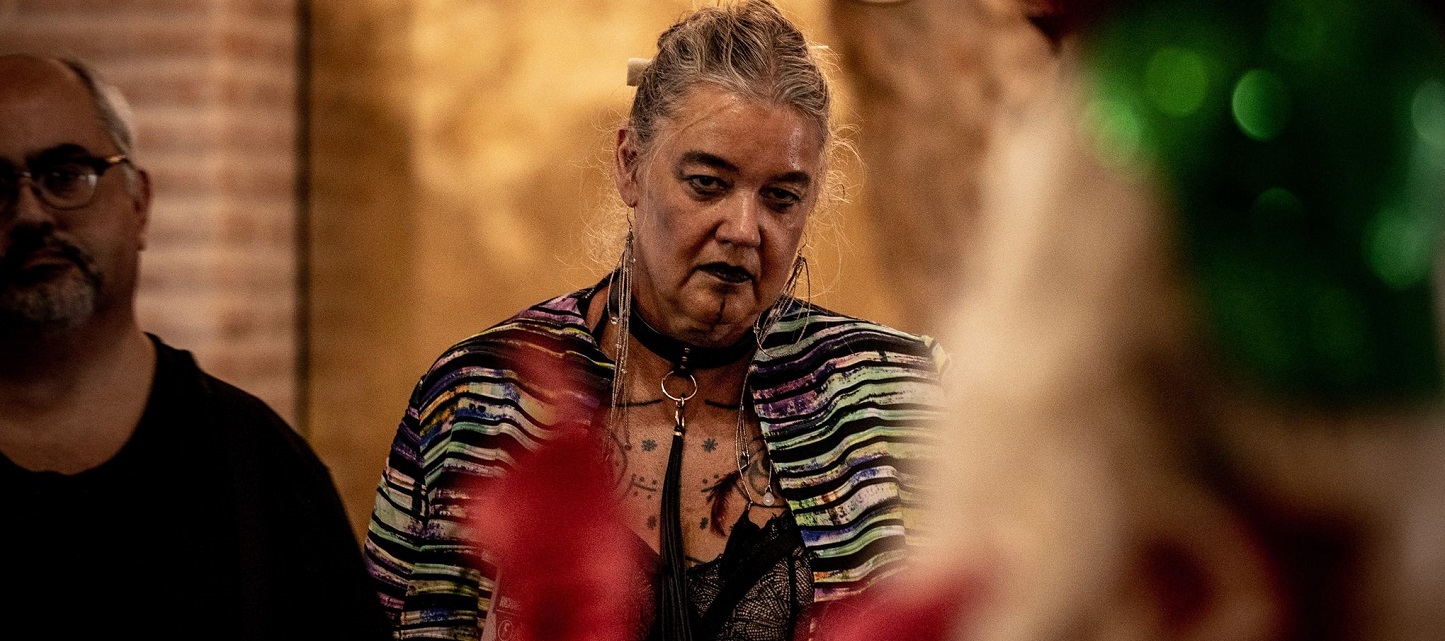Tag: age
-

Words of Advice from an Old Witch to Aging Larpers
in
As we grow older as larpers, do we have to end up as a petrified version of our younger self? Inge-Mette Petersen with some wise advice.
-

Experience vs. Imagination – Effects of Player Age
in
It is often stated that imagination is the limit – that anyone can play any role – but is that the reality?
-

10 (+1) Tips for Larpers Over 35
in
A great list of ways to use your age and experience to enhance your larping.
-

A Ramble in Five Scenes
in
How age, life experience, and the knowledge you have achieved become part of your larp.